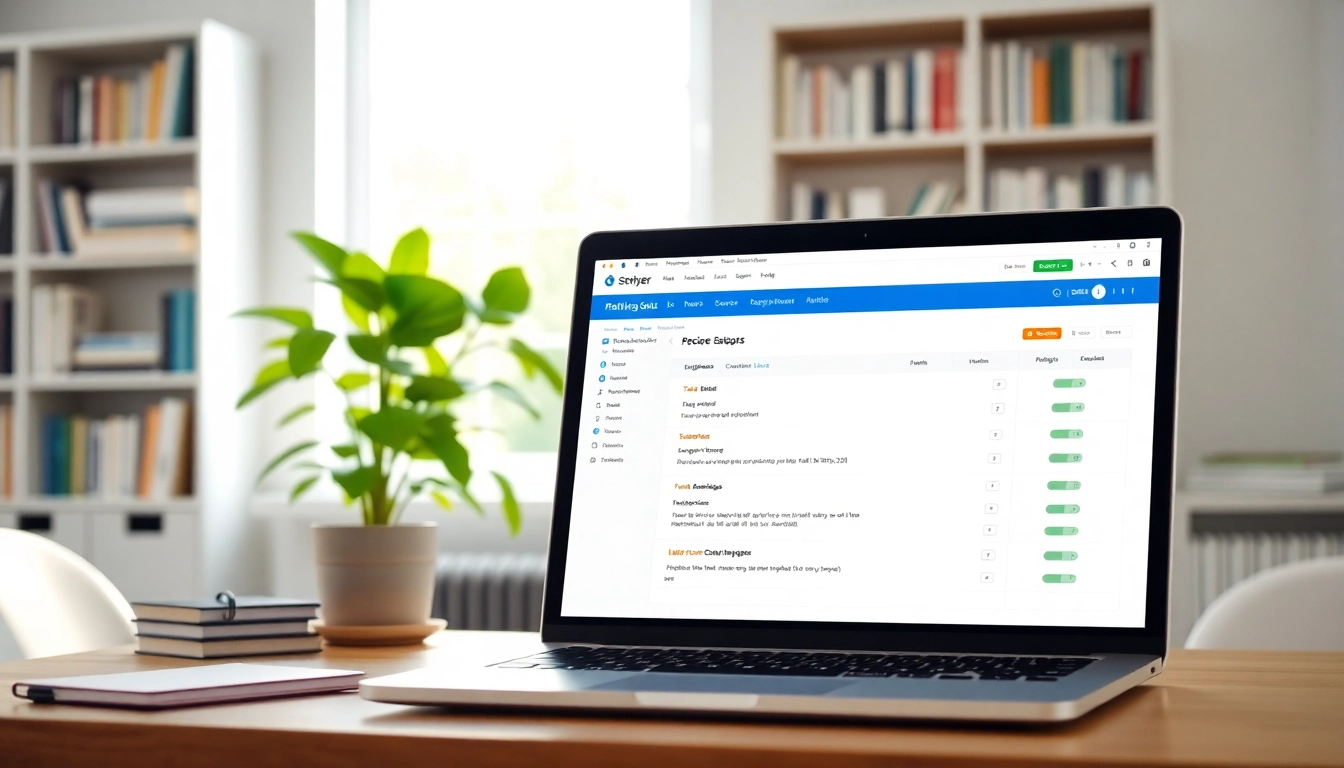Understanding Plagiarism and Its Consequences
What is Plagiarism?
Plagiarism is the act of using someone else’s work, ideas, expressions, or intellectual property without proper acknowledgment, presenting it as one’s own. This can include written work, images, music, or any other creative output. In academia, plagiarism is especially serious as it undermines the integrity of educational institutions, damages reputations, and can lead to severe disciplinary actions.
Types of Plagiarism
Plagiarism isn’t a one-size-fits-all issue; it manifests in several forms:
- Direct Plagiarism: Copying someone else’s work word-for-word without citation.
- Self-Plagiarism: Reusing one’s own previously published work without permission or citation.
- Patchwork Plagiarism: Piecing together ideas or phrases from various sources without proper indication or citation.
- Accidental Plagiarism: Inadvertently failing to cite sources or misrepresenting an original work due to oversight.
- Paraphrasing Plagiarism: Rephrasing someone else’s ideas and failing to credit the original source adequately.
Implications of Plagiarism in Academics
The implications of plagiarism in the academic context are serious and can include:
- Loss of credibility and integrity
- Disciplinary actions such as expulsion or suspension
- Legal ramifications if copyright laws are violated
- Academic penalties, including failing grades or retraction of published work
Clearly, understanding what constitutes plagiarism and its associated risks is vital for anyone engaged in academic or professional writing.
How a Plagiarism Checker Works
Technology Behind Plagiarism Detection
Plagiarism checkers employ advanced algorithms to scan and analyze text for potential matches against a vast database of sources. They utilize techniques such as:
- Text Comparison: Direct text comparison with online sources, documents, and publications.
- Machine Learning: Continuous learning algorithms that evolve over time, improving detection accuracy.
- Natural Language Processing: Understanding the context and nuances of language, enhancing the ability to detect paraphrased content.
Key Features to Look for
When selecting a plagiarism checker, consider the following key features:
- Comprehensive Database: The effectiveness of a plagiarism checker directly correlates with the breadth of its database.
- Detailed Reporting: A good tool provides clear reports indicating the percentage of similarity and links to original sources.
- Ease of Use: An intuitive interface is crucial for efficient operation.
- Integration: Compatibility with other writing tools and platforms can streamline the writing process.
Integrating with Writing Tools
Many modern plagiarism checkers offer integration with word processors and online writing tools. This enables writers to check for plagiarism as they create content, saving time and ensuring originality before submission. For example, integrating tools such as plagiarism checker solutions into Microsoft Word or Google Docs can streamline the writing and editing process.
Selecting the Right Plagiarism Checker for Your Needs
Comparing Popular Tools
The industry offers numerous plagiarism checkers, each tailored for different audiences—from students to publishing professionals. Popular tools include:
- Grammarly: Detects plagiarism while also checking for grammar and style improvements.
- PapersOwl: Focuses on providing a comprehensive plagiarism check for academic writing.
- Turnitin: Widely used in educational institutions for assessing originality in student submissions.
Free vs. Paid Options
Many plagiarism checkers offer both free and paid options. Free tools often provide basic detection capabilities, suitable for casual use. In contrast, paid options usually offer greater accuracy, more comprehensive databases, advanced reporting features, and integration capabilities for various platforms. Those regularly submitting academic or professional work should consider investing in a reliable paid solution to ensure the integrity of their content.
Choosing Based on Your Writing Style and Requirements
Your specific writing needs and style will also influence your choice of plagiarism checker. For example:
- If your work requires frequent fact-checking or citation management, consider a comprehensive tool like Turnitin.
- If you are looking to improve grammatical accuracy alongside plagiarism detection, Grammarly may be ideal.
- For occasional checks, a free online tool could suffice, but it may lack robust features necessary for professional submissions.
Best Practices for Avoiding Plagiarism
Paraphrasing Techniques
Paraphrasing effectively can be challenging, but embracing certain techniques can help. Ensure you:
- Read the source material thoroughly and understand the underlying concepts.
- Take notes, and then reconstruct the material in your own words without looking at the original text.
- Use synonyms and different sentence structures while retaining the original message.
Proper Citation Methods
Understanding the different citation styles (APA, MLA, Chicago, etc.) is crucial to maintaining academic integrity. Always:
- Cite all sources that contributed to your work, whether quoted directly or paraphrased.
- Stay consistent with your chosen citation method throughout your paper.
- Utilize citation generators for accuracy and efficiency.
Maintaining Academic Integrity
Academic integrity not only involves avoiding plagiarism but also fostering an environment where original thought is valued. Encourage collaboration over competitive cheating, develop a personal ethos around ethical writing, and engage in discussions about the importance of originality in scholarly work.
Enhancing Your Writing with Feedback
Utilizing Reports from Plagiarism Checkers
Most plagiarism checkers will provide extensive reports detailing potential issues in your content. These reports can highlight areas requiring citation, show similarities with other works, and serve as valuable feedback for your writing style. Use these insights to refine your writing and ensure that all sources are correctly attributed.
How Feedback Improves Your Writing
Constructive feedback is essential for improvement. Utilizing feedback from a plagiarism checker can help identify:
- Common pitfalls you may be consistently falling into, such as improper citations or over-reliance on sources.
- Stylistic concerns that may not be obvious until pointed out by an analytical tool.
- Opportunities to enhance clarity by rephrasing sentences or restructuring your arguments.
Continuous Learning and Improvement
Plagiarism checkers do more than just serve as tools for detecting copied content; they also promote learning and continuous improvement in writing skills. By regularly using these tools and reflecting on feedback, authors can enhance their ability to write original, well-cited work. Consider keeping a checklist of common mistakes and areas for improvement, and revisit this as you grow as a writer.
